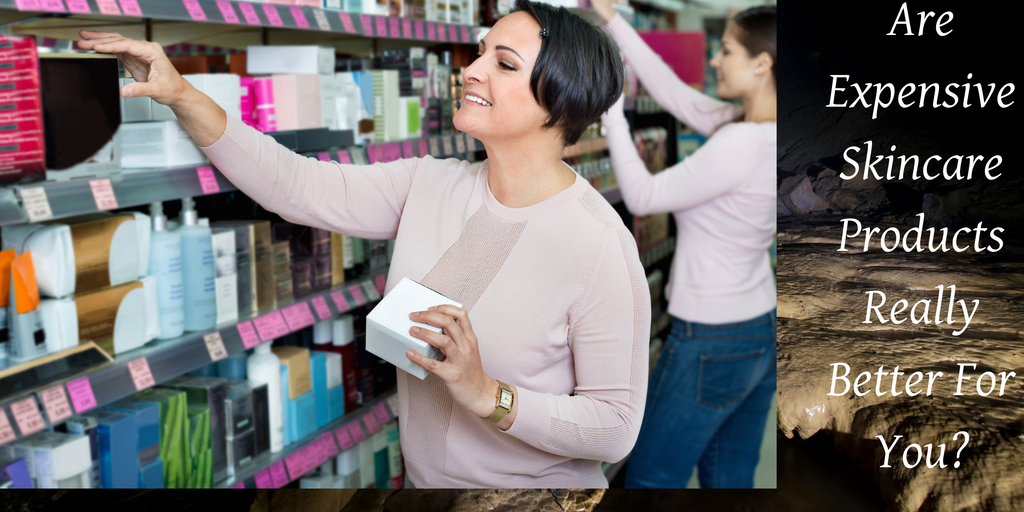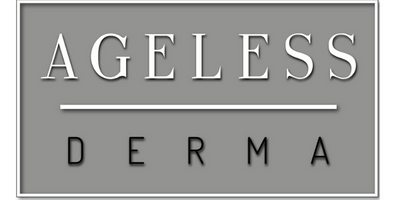
You’ve seen the commercials or posters and have probably been amazed at the before and after shots of women who transformed their faces with certain skincare products. Deep crevasses on the face magically change to light laugh lines that only add beautiful character. Pigment problems transform as if hit with a powerful eraser. These almost miraculous changes in skin draw us in – we want those kinds of results. The question that remains, though, is how much do we have to pay for results like that?
Price and Popularity
We know the game. Expensive things get attention. In turn, their popularity allows them to become more expensive. So from cars to homes to the cream we gently rub below our eyes at night, price and popularity can make us feel as if spending more gets us more.
Author Nadine Haobsh of the book Beauty Confidential reminds us that there is no overwhelming correlation between price and quality. In her years of experience in the industry, she has found that those miraculous products are just often in the running for the popularity contest – not necessarily in the proven results category.
Buying expensive toners, cleansers, and moisturizers can cost double, triple, or even ten-fold the prices of other products. But what are you paying for on these popular items?
- The name. There is prestige associated with brand names, and no matter how much we want to deny it, simply having a popular name attached to the product is alluring.
- The marketing campaign. The skincare industry alone in 2016 topped $120 billion. A fair portion of this money goes towards advertising, and consumers pay for that upfront when they buy products with extensive campaigns behind the names.
- The fun but maybe not functional packaging. Just like with fancy cars, the look may draw us in, but the look might have little to do with actually getting us where we want to go. As part of the marketing push, packaging drives prices upwards.
- The space on the shelf. Those popular (and expensive) brands get premium space on the shelf at your local beauty counter. Third-party retailers profit when they can sell expensive products, so they aren’t going to hide them on the bottom or put them out of reach on the top shelves.
Paying for Quality
So in a world where price and popularity drive much of the skincare market, how can you pay for quality – and not the business behind the ingredients? It starts by reading labels and becoming a savvy consumer.
- Read the labels of those pricey products. What goes into those tiny bottles and jars?
- Compare labels. Grab other products that claim to provide the same results, but do not require you to hand over the equivalent of a car payment. What are they missing? Chances are, not much when compared to the more expensive alternatives.
- Learn to decipher ingredients. Ingredients are listed by concentration, but anything below 1% can appear in any order. Ingredients can also appear as different names, adding to the consumer confusion. Vitamin A, for example, can appear in a list as retinol or retinal, or even retinyl palmitate.
- Look for products that want to share what makes them so great – things like natural or mineral-based ingredients – instead of those manufacturers that want to hide behind phrases such as secret formula.
The real distinctions consumers need to make when selecting skincare products are those that recognize that value does not mean poor quality, and valuable does not have to cost a fortune. When we go through our nightly moisturizing routine, what we want to do is give our skin quality care. We don’t have to compete in the skincare popularity contest to do this.
Liquid error (templates/article line 10): Could not find asset snippets/relatedblogs.liquid
